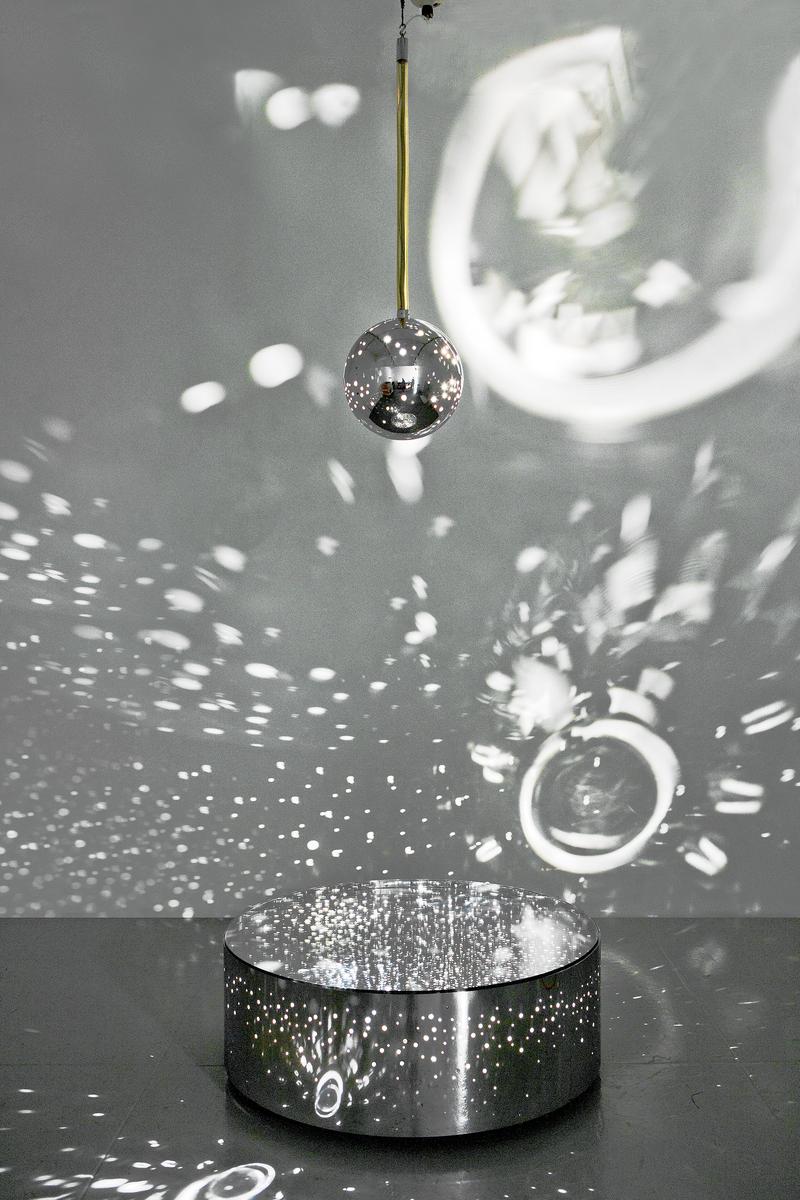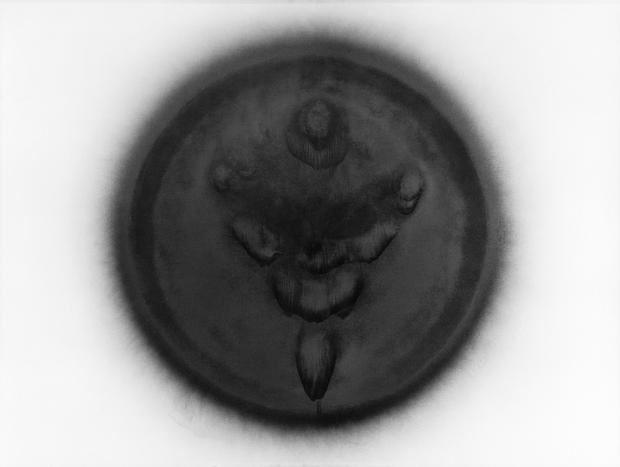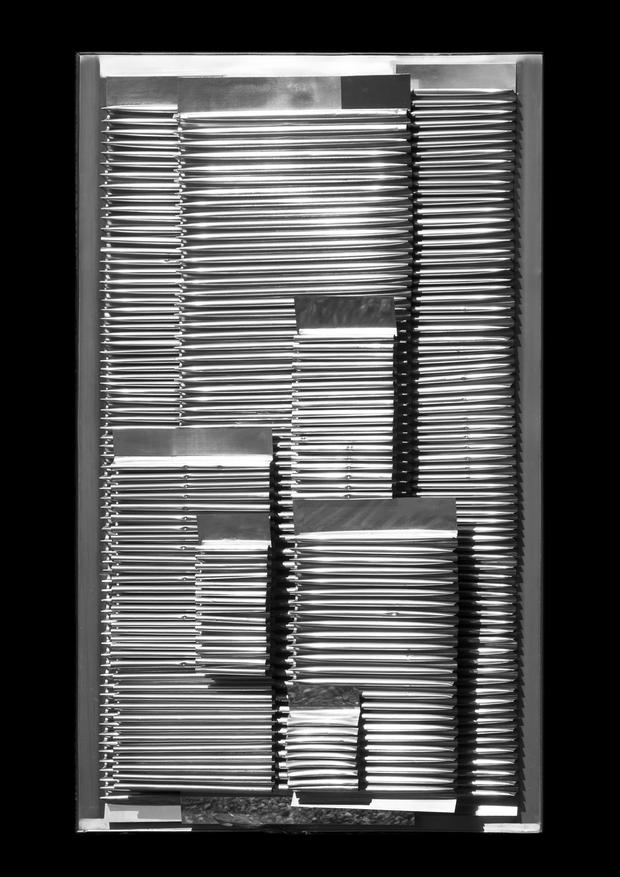
Canvases with nails and marks of fire. Sculptures that vibrate. Rooms with moving light and sound.
No, that’s not a contemporary art show in a Chelsea gallery.
Those are pieces by Zero, a network of European artists who used new materials and techniques in the 1950s and '60s and now at the Guggenheim Museum.
Zero artists tried to redefine art in the aftermath of World War II by using things from everyday life and experimenting with formats such as room-scaled installations and live demonstrations.
The exhibit features works by three core members of Group Zero in Germany — Heinz Mack, Otto Piene, and Günther Uecker — as well as about 30 artists from other countries who were part of the Zero network, including Yves Klein, Jan Henderikse, Lucio Fontana and Yayoi Kusama.
Valerie Hillings, curator of the show, said Zero artists were against art’s dominant formats, like painting. “They wanted to take a very positive view of the future, to explore new modes of painting, to look at light and movement, as both new materials and conceptual aspects of art,” she said.
Dutch artist Jan Henderikse started collaborating with the group when he was still living in his hometown of Delft; he later moved to Berlin and then to New York.
He is showing a piece made of several wooden beer crates piled on top of each other. He said he approached a brewery to ask if they would give him the crates and they said yes — plus, they'd give him money, as long as company’s name was included in the catalog. “I said yeah, there is no problem,” he recalled. “Of course, when the museum heard that, it took immediately the money in, immediately, so actually my work I think is the first sponsored work of art in the world.”
Henderikse has always been interested in everyday objects, like pennies and corks.
“I only use things people loved for a short time, and depose of it, throw it away,” he said. “That was my concept, not a moral concept, just for interesting, I am still interested in that.”
The show goes until Jan. 7.


